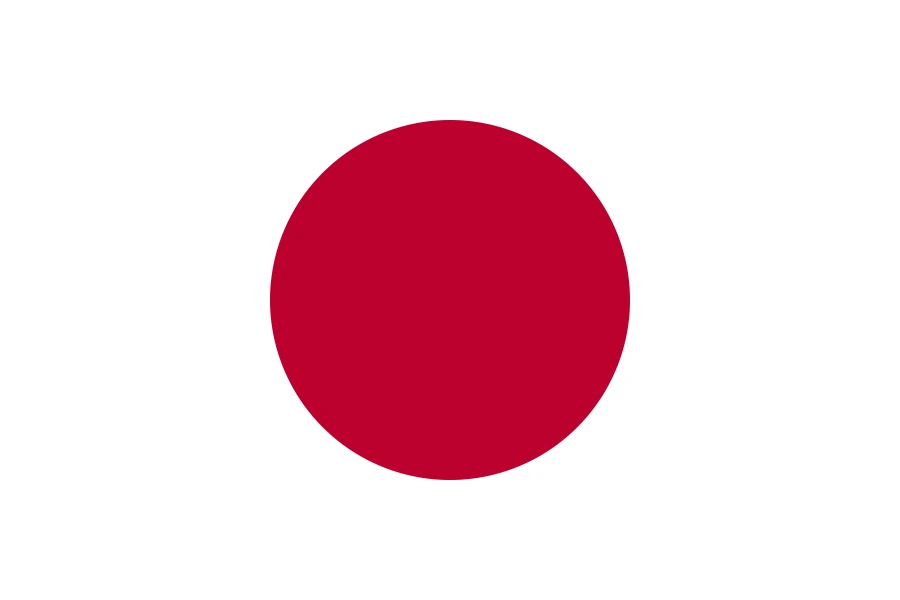Japan Travel Guide
Discover Why You Should Visit Japan
Why Visit Japan?
Japan offers a seamless blend of ancient traditions and futuristic innovation. From centuries-old temples and serene gardens to bustling urban centers and high-speed trains, Japan provides a uniquely balanced experience for travelers.
Its four distinct seasons, world-class cuisine, cultural festivals, and emphasis on hospitality make it a destination like no other. Whether exploring the cherry blossoms in Kyoto or tech-forward neighborhoods in Tokyo, Japan enchants with its beauty and precision.
Ideal for: Culture seekers, food enthusiasts, tech lovers, nature adventurers, and wellness travelers.
Must-Know Facts
Capital/Major City: Tokyo
Language(s): Japanese
Currency: Japanese Yen (JPY)
Best Time to Visit: March to May (spring cherry blossoms) and October to November (autumn foliage)
Fun Fact: Japan is made up of over 6,800 islands, with Honshu being the largest
Top Things to Do
Experience the beauty of Kyoto’s temples, shrines, and geisha districts
Visit Tokyo for its fashion, technology, anime culture, and culinary delights
See Mount Fuji from Lake Kawaguchi or hike nearby trails
Take a bullet train (Shinkansen) across the country for efficiency and views
Explore traditional markets, tea houses, and onsen (hot springs)
Local Culture & Lifestyle
Japanese culture values respect, harmony, and cleanliness. Etiquette plays an important role in both formal and informal settings.
Daily life blends modern convenience with traditional customs. Rituals such as bowing, removing shoes indoors, and seasonal celebrations are widely practiced.
Cultural arts like tea ceremonies, ikebana (flower arrangement), calligraphy, and kabuki theatre remain prominent.
Food & Drink Highlights
Street Food: Takoyaki (octopus balls), okonomiyaki, yakitori, taiyaki
Restaurants: Offer sushi, ramen, tempura, udon, kaiseki (multi-course meals), and regional specialties
Drinks: Matcha (green tea), sake (rice wine), Japanese whiskey, flavored milk drinks
Desserts: Mochi, dorayaki, anmitsu, melon pan
Main Dish & Culinary Symbols
Signature Dish: Sushi, an artful combination of vinegared rice with raw or cooked seafood and vegetables
Common Ingredients: Rice, miso, soy sauce, seaweed, fish, tofu, wasabi
Culinary Culture: Japanese cuisine emphasizes balance, freshness, presentation, and seasonal ingredients. Meals are often served in small portions to sample a variety of flavors
Symbols & Icons of the Area
Natural Icons: Mount Fuji, cherry blossoms (sakura), bamboo forests
Cultural Icons: Torii gates, samurai, origami, kimono, Shinto shrines
Hidden Gems & Off-the-Beaten-Path
Tottori Sand Dunes and its desert-like landscapes
Shirakawa-go for traditional gassho-zukuri farmhouses
Naoshima Island for contemporary art installations
Kumano Kodo pilgrimage routes for spiritual trekking
Shopping & Souvenirs
What to Buy: Japanese ceramics, chopsticks, fans, stationery, green tea, yukata
Where to Shop: Nakamise Street in Tokyo, Nishiki Market in Kyoto, department stores and convenience stores across Japan
Getting Around
Public Transport: Highly efficient train, subway, and bus networks
Rail Passes: JR Rail Pass is ideal for tourists exploring multiple regions
Taxis and Bikes: Available in cities and rural areas alike
Walkability: Many neighborhoods are best explored on foot
Travel Tips
Learn basic Japanese phrases and bow respectfully
Carry cash, as some places do not accept cards
Do not talk loudly on public transport
Try traditional customs such as onsen bathing and wearing yukata
Where to Stay
Budget: Capsule hotels, hostels, and business hotels
Mid-range: Ryokan (traditional inns), boutique hotels
Luxury: International chains, mountain resorts, and urban skyscraper hotels
Unique: Temple stays, manga-themed hotels, countryside farmhouses
Sample 4-Day Itinerary
Day 1: Arrive in Tokyo, explore Asakusa, Shibuya, and enjoy conveyor-belt sushi
Day 2: Visit Mount Fuji or take a day trip to Hakone for lakes and hot springs
Day 3: Travel to Kyoto, visit Fushimi Inari Shrine, Gion District, and try matcha desserts
Day 4: Visit Arashiyama Bamboo Grove, shop for souvenirs, and return to Tokyo or continue exploring



0 Comments